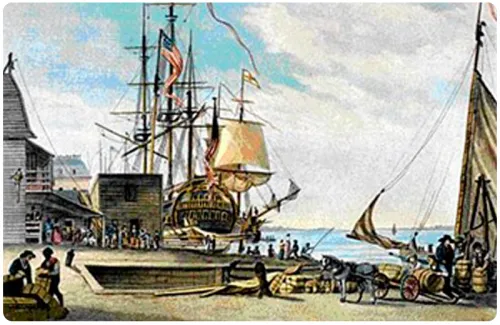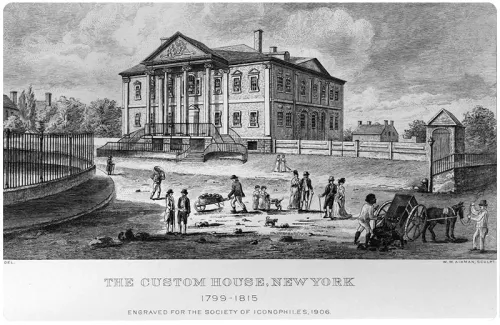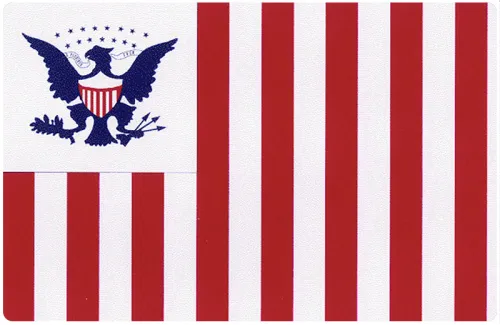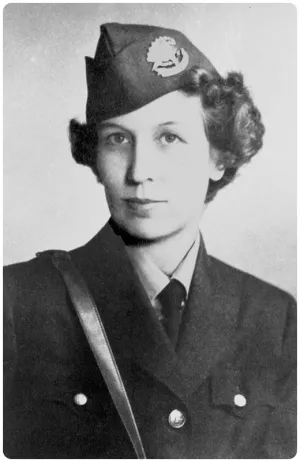July 31, 2023 marks the 234th anniversary of the birth of the U.S. Customs Service and the important role it played in the history of the United States. Since its merger into CBP in 2003, Customs has remained a part of the nation’s heritage and a significant presence in the continuation of CBP’s mission. CBP, a component of the Department of Homeland Security, is today one of the world’s largest law enforcement organizations, with more than 60,000 employees. It is charged with keeping terrorists and terrorist weapons out of the country while facilitating lawful international travel and trade. CBP takes a comprehensive approach to border management and control, combining national security, customs, immigration, and agricultural protection into a coordinated into a whole-of-government approach.
While customhouses, lighthouses, and historical artifacts are visible signs of the past, and of great popular interest, it is also important to remember that the story of the U.S. Customs Service is primarily a story of people. It is about the men and women who made history during the past 230 years and those who are still making it today. On July 31, 1789, the Fifth Act of the First United States Congress created a field organization of customs collection districts under the direction of appointed collectors of customs. Thirty-two days later, the Department of the Treasury was established on Sept. 2, 1789, and the regulation and control of the collection districts and collectors was placed under the direct management of the Secretary of the Treasury. Thus began the history of the U.S. Customs Service, the oldest of the legacy agencies that in 2003 were united as U.S. Customs and Border Protection (CBP).
CBP’s legacy agencies have a long history of working together. The Immigration Act of 1891 established the Office of the Superintendent of Immigration within the Treasury Department, and its inspectors worked alongside Customs inspectors at U.S. ports of entry. The Plant Quarantine Act of 1912 gave the U.S. Department of Agriculture the authority to regulate the importation of agricultural products and to guard against dangerous pests. The U.S. Immigration Service Border Patrol was established in 1924, and its patrol inspectors worked side by side with Customs during Prohibition.
War also significantly shaped the Customs mission. When the Confederate states seceded from the Union in 1861, for example, major government institutions suffered divided loyalties. The Confederacy established its own customs service and controlled ports of entry. For both North and South, customs revenue was crucial; international and coastal trade brought not only much-needed arms and supplies, but also the needed revenue accrued through the collection of duties, fees and penalties on imported goods. At the conclusion of the Civil War, federal ports of entry were reopened, customhouses were repaired, and the collected federal customs revenue helped restore national industry and commerce.
In the next century, the decades after WWII brought a focus on illegal arms trafficking, money laundering, and prohibited drugs. The Customs aviation programs and the Customs marine programs anticipated CBP’s Office of Air and Marine. Today, the Office of Field Operations manages the nation’s 328 air, land, and sea ports of entry. Now, CBP’s mission has expanded to include border security and antiterrorism. It also helps drive the nation’s economic engine by facilitating lawful international trade and travel through the enforcement of hundreds of U.S. laws and regulations ranging from agriculture to intellectual property rights.





